Saturday Apr 26, 2025
Saturday Apr 26, 2025
Saturday, 10 November 2018 00:02 - - {{hitsCtrl.values.hits}}
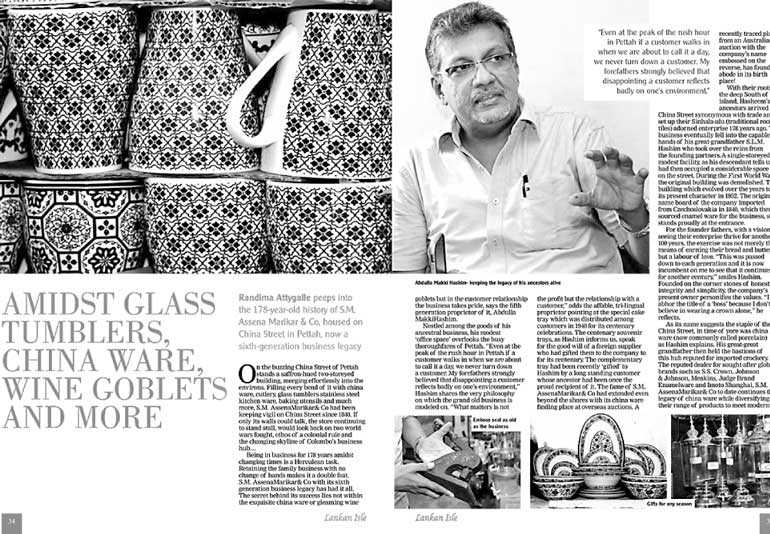
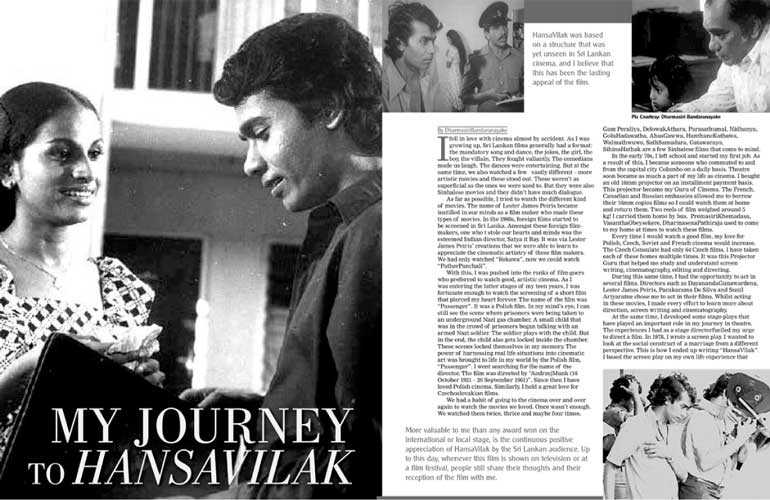
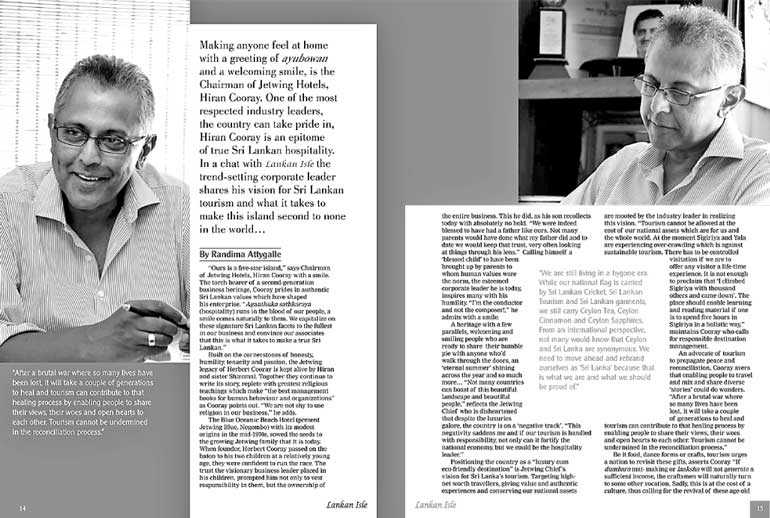
Magazines come and go. Some vanish after a few issues. Some disappear after a few months. A few survive. This has been the pattern in Sri Lanka. Why? Due to several reasons. Lack of readership, distribution problems, high production costs and weak content are a few reasons that randomly come to mind.
While the English readership can be limited, Sinhala readership can certainly be much more. Yet Sinhala magazines have not survived either – often they disappear faster than the English ones.
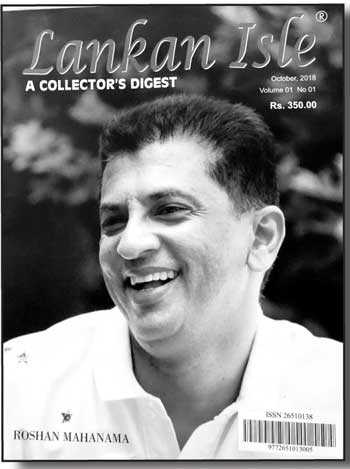 Being seasoned journalists, Chandani Kirinde and Randima Attygalle would have carefully surveyed the market situation before embarking on ‘another magazine’. They should know the marketplace well having observed the pulse of the people while on their news rounds for many years.
Being seasoned journalists, Chandani Kirinde and Randima Attygalle would have carefully surveyed the market situation before embarking on ‘another magazine’. They should know the marketplace well having observed the pulse of the people while on their news rounds for many years.
The bold line ‘A Collector’s Digest’, just below the title of the magazine ‘Lankan Isle,’ give the reader the message that the Co-Editors Chandani and Randima are offering something different. The broad smile of the much-respected cricketer Roshan Mahanama on the cover, to me, was an invitation to taste a new dish!
At first glance I was impressed with two things. One was that the magazine was not crowded with advertisements. The other was that there wasn’t anything about contemporary politics. Both are most welcome signs. Some magazines are so full of ads that the reader has to dig for editorial matter. As for political stuff, there is enough and more in the daily print and electronic media the whole time.
The ‘Lankan Isle’ gives the reader a wide choice. Starting with Roshan discussing “the authentic Sri Lankan style” of playing cricket, the range varies quite a bit. These vary from current to past matters. All are pretty interesting.
Let’s take a current issue. Wondering why we are still talking of a few items like tea in terms of ‘Ceylon,’ Hiran Cooray, an authority on tourism, stresses that we need to move ahead and rebrand ourselves as ‘Sri Lanka’ because “that is what we are and what we should be proud of”.
He says not many would know that Ceylon and Sri Lanka are synonymous. After all, the name change was done nearly 50 years ago.
In an interview with Randima, Hiran C raises several issues relevant to tourism. Suggesting that Sri Lanka should be positioned as a “luxury cum eco-friendly destination,” he talks about the need to target high-net worth travellers, giving value and authentic experiences and conserving our national assets.
“Tourism cannot be allowed at the cost of our national assets, which are for us and the whole world. At the moment Sigiriya and Yala are experiencing over-crowding, which is against sustainable tourism,” he comments.
Among other current issues are a conversation with Prof. S. Yogarajah on Reconciliation and Language, and an article by Kanishka Weerasinghe, DG of Employers’ Federation, on promoting Sri Lanka as a skills hub.
Two reputable politicians of yesteryear are featured – S.W.R.D. Bandaranaike, with an extract from his ‘My Oxford Days,’ highlighting his struggle as a ‘darkie,’ and an interview with Manouri Muttetuwegama about her father, Dr. Colvin R. de Silva.
Art and culture has been covered with an article by filmmaker Dharmasiri Bandaranayake looking back on his maiden film ‘Hansa Vilak,’ and a chat with Gayathri on her father Premasiri Khemadasa’s contribution to the music scene.
Two full-page spreads of paintings on the Dunuvila Hatana by renowned painter Stanley Kirinde have been superbly reproduced thanks to the care and professionalism shown by the printer, Sarasavi Graphics. There is also a fine mix of black and white and colour pictures illustrating ‘Our Faith’ – a selection of places of worship and devotees, and illustrating ‘Island in the Sun’.
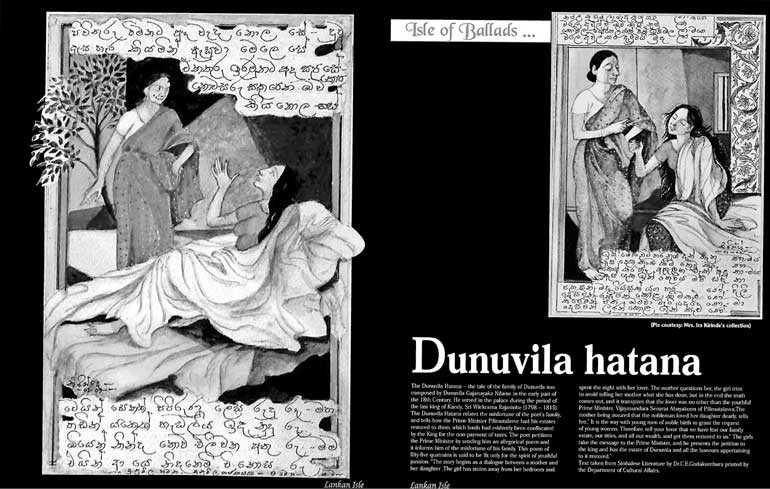
Chandani’s review of ‘A Sri Lankan Tempest,’ written by one-time British High Commissioner David Gladstone (he was unceremoniously sent back by President Premadasa), brings back memories for oldies like me while for others it will be a totally new story.
 A column titled ‘Diplomatic Dossier’ kicks off with an interview with Robina Marks, South Africa’s High Commissioner to Sri Lanka.
A column titled ‘Diplomatic Dossier’ kicks off with an interview with Robina Marks, South Africa’s High Commissioner to Sri Lanka.
There is much more for the readers to enjoy in the ‘Lankan Isle’. Lankans abroad will relish it. (I was lucky with Chandani sending me a copy.) ‘Lankan Isle’ is printed by Sarasavi Graphics and distributed by Sarasavi Bookshop Ltd. and is available at all leading bookstores.
Congrats to the entire team for producing a high quality magazine. Readers will be looking forward to the next issue next month – and many more.
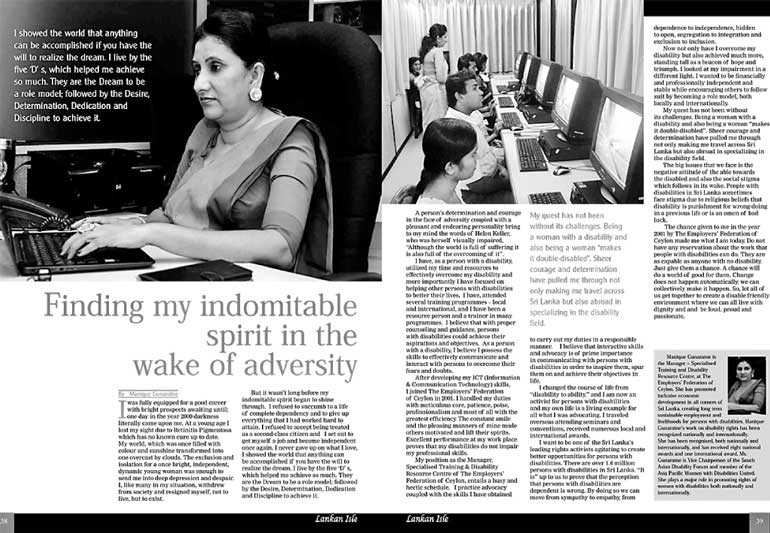
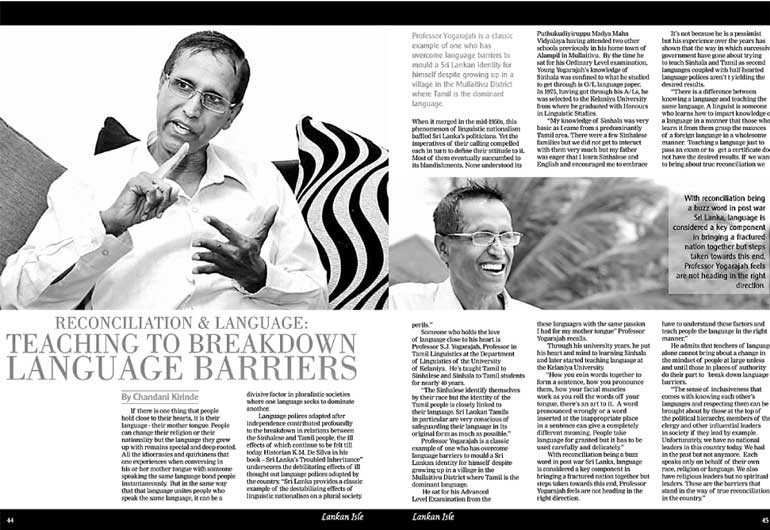
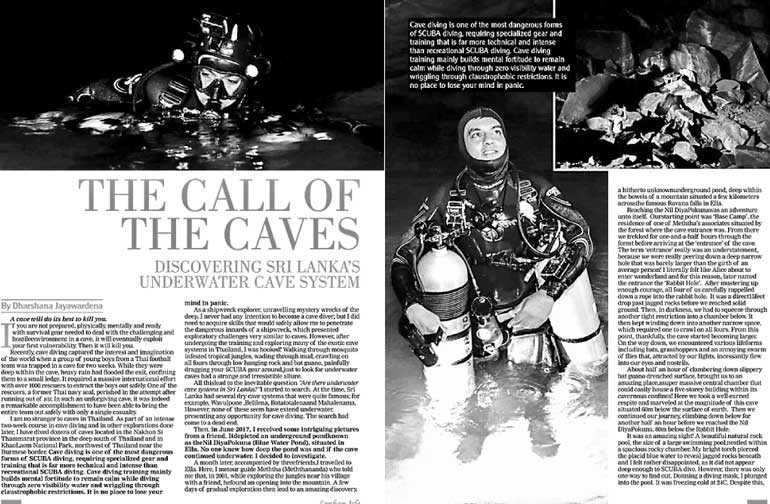
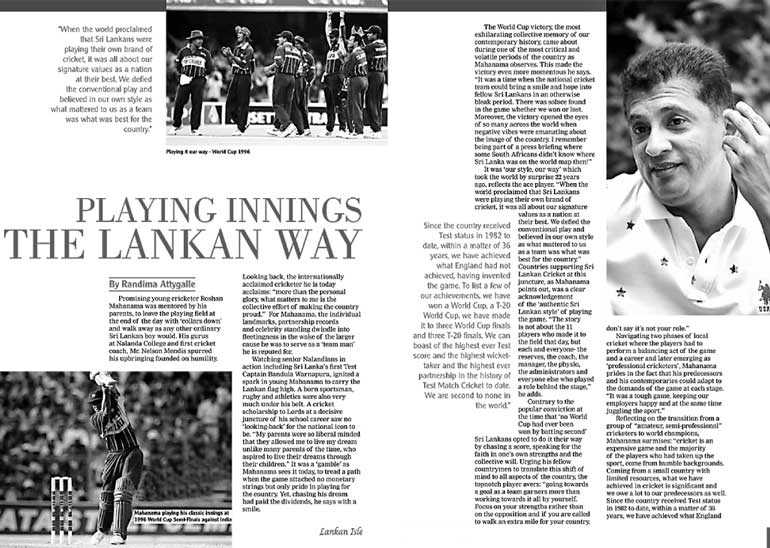
Discover Kapruka, the leading online shopping platform in Sri Lanka, where you can conveniently send Gifts and Flowers to your loved ones for any event including Valentine ’s Day. Explore a wide range of popular Shopping Categories on Kapruka, including Toys, Groceries, Electronics, Birthday Cakes, Fruits, Chocolates, Flower Bouquets, Clothing, Watches, Lingerie, Gift Sets and Jewellery. Also if you’re interested in selling with Kapruka, Partner Central by Kapruka is the best solution to start with. Moreover, through Kapruka Global Shop, you can also enjoy the convenience of purchasing products from renowned platforms like Amazon and eBay and have them delivered to Sri Lanka.
Discover Kapruka, the leading online shopping platform in Sri Lanka, where you can conveniently send Gifts and Flowers to your loved ones for any event including Valentine ’s Day. Explore a wide range of popular Shopping Categories on Kapruka, including Toys, Groceries, Electronics, Birthday Cakes, Fruits, Chocolates, Flower Bouquets, Clothing, Watches, Lingerie, Gift Sets and Jewellery. Also if you’re interested in selling with Kapruka, Partner Central by Kapruka is the best solution to start with. Moreover, through Kapruka Global Shop, you can also enjoy the convenience of purchasing products from renowned platforms like Amazon and eBay and have them delivered to Sri Lanka.